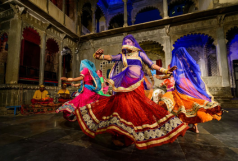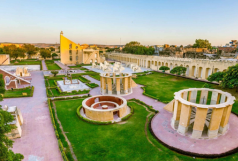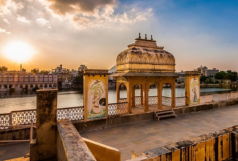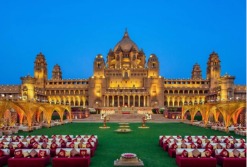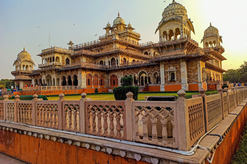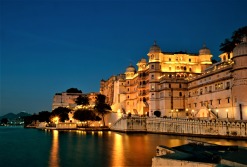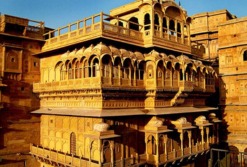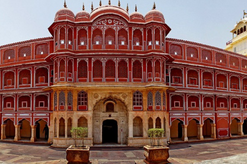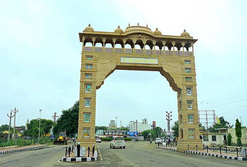Jaipur’s Jewelry Heritage: The Art of Kundan and Meenakari
Jaipur, often referred to as the 'Pink City,' is not only famous for its architectural marvels but also for its rich heritage in jewelry making. The exquisite art forms of Kundan and Meenakari jewelry have been integral to Jaipur’s identity for centuries, attracting connoisseurs and collectors from across the globe. This blog delves deep into the history, craftsmanship, and allure of these timeless jewelry styles.
Day 1: The Origins of Kundan Jewelry
Kundan jewelry traces its roots back to the Mughal era, where it gained prominence in the royal courts. The art involves the meticulous setting of uncut gemstones into gold, creating intricate patterns that radiate elegance. Jaipur emerged as a major hub for Kundan jewelry during the 18th century under the patronage of the Rajput kings. Today, the craft continues to thrive, with skilled artisans preserving its legacy.
Day 2: The Technique Behind Kundan
The process of crafting Kundan jewelry is labor-intensive and requires exceptional precision. Artisans start by creating a gold framework, followed by embedding gemstones like emeralds, rubies, and diamonds. The unique aspect of Kundan is the use of highly refined gold, known as 'Kundan,' to secure the stones. This technique gives the jewelry its distinctive and regal appearance.
Day 3: Exploring Meenakari Art
Meenakari, the art of enameling, complements Kundan jewelry beautifully. Introduced in India by the Mughals, this technique involves decorating the jewelry with vibrant enamel designs on the reverse side. Jaipur is renowned for its intricate Meenakari work, showcasing floral and geometric motifs in a burst of colors like red, green, and blue. The combination of Kundan and Meenakari creates jewelry pieces that are masterpieces of art and craftsmanship.
Day 4: Jaipur’s Renowned Jewelry Markets
A visit to Jaipur is incomplete without exploring its bustling jewelry markets. The Johari Bazaar is a treasure trove for traditional Kundan and Meenakari jewelry. Shops here offer a wide range of designs, from bridal sets to statement pieces. Additionally, the markets of Tripolia Bazaar and MI Road are equally famous for showcasing Jaipur’s exquisite jewelry heritage.
Day 5: The Legacy of Jaipur’s Artisans
The artisans of Jaipur, known as 'kaarigars,' are the backbone of the jewelry industry. Many of these craftsmen have honed their skills over generations, passing down the secrets of Kundan and Meenakari techniques. Their dedication and expertise ensure that each piece of jewelry is a work of art, embodying the rich cultural heritage of Jaipur.
Day 6: Modern Trends in Kundan and Meenakari
While Kundan and Meenakari jewelry remain rooted in tradition, contemporary designers have infused modern aesthetics to cater to changing tastes. Today, these jewelry styles are paired with Western outfits, creating a fusion of old and new. The versatility of Kundan and Meenakari makes them popular choices for both traditional and modern occasions.
Day 7: Conclusion
Jaipur’s jewelry heritage, exemplified by the art of Kundan and Meenakari, is a testament to the city’s rich cultural legacy. Whether you’re a collector, a bride-to-be, or someone who appreciates fine craftsmanship, these jewelry styles offer a timeless appeal. To experience the magic of Jaipur’s jewelry, visit its vibrant markets and take home a piece of its royal history. For a seamless journey, explore our Jaipur tour packages and immerse yourself in the enchanting world of Kundan and Meenakari.


